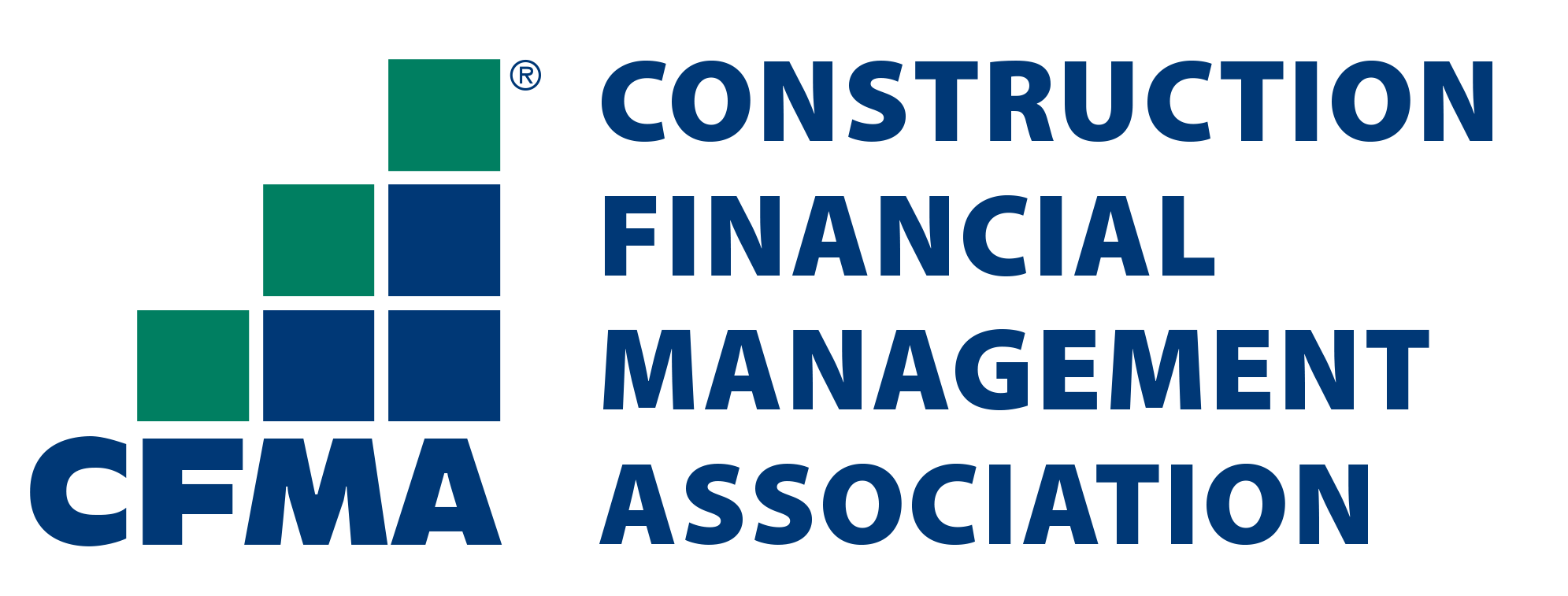
Year-End Accounting Checklist: How to Close the Fiscal Year
- September 7, 2022
- OHI

Closing the fiscal year is one of the most essential duties in a firm’s processes. It ensures books are accurate, complete, and ready for compliance and reporting purposes. Proper year-end accounting helps identify discrepancies, ensures tax compliance, and builds the foundation for informed financial decisions in the upcoming year.
This guide provides a detailed year-end accounting checklist, covering crucial tasks, tips, and best practices to close your fiscal year efficiently.

Year-end accounting ensures that your business’s financial statements are accurate and correct. It plays a strategic role in:
Proper preparation makes the year-end process smooth. Begin these tasks a few weeks ahead of the fiscal year closure:
1. Review Financial Policies and Procedures
Ensure all accounting processes align with regulatory requirements and company policies. Replace outdated procedures that slow down workflows.
2. Check Deadlines
Highlight deadlines for tax filings, financial reporting, and compliance submissions to avoid penalties.
3. Inform Stakeholders
Notify all stakeholders—employees, vendors, and accountants—of year-end deadlines and the required documents.
4. Prepare for External Audits
If an external audit is required, communicate dates and prepare necessary documents in advance.

9. Prepare Financial Statements
Generate key financial statements for the fiscal year:


Year-end accounting goes beyond compliance—it provides insights into your business’s financial health. Accurate records support better decision-making, efficient tax planning, and increased trust among stakeholders. A well-executed year-end close lays the groundwork for growth in the upcoming fiscal year.

Closing the fiscal year requires careful attention and adherence to best practices. With a structured year-end accounting checklist, businesses can ensure accurate financial reporting, maintain compliance, and set a strong foundation for the next fiscal year.
Start your year-end preparation today with organized records, the right tools, and expert guidance. Whether you’re a small business or a large corporation, a well-executed year-end close is key to achieving your financial goals.
Contact us for a customized NO OBLIGATION proposal for outsourcing your accounting activities.









